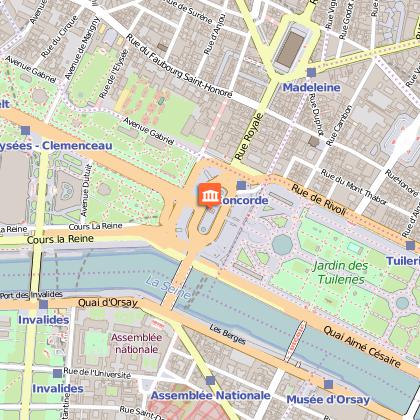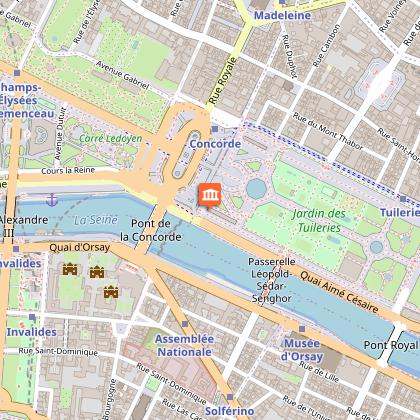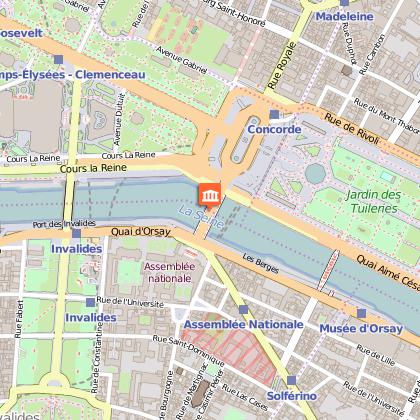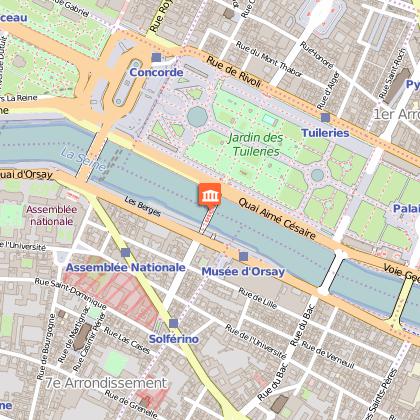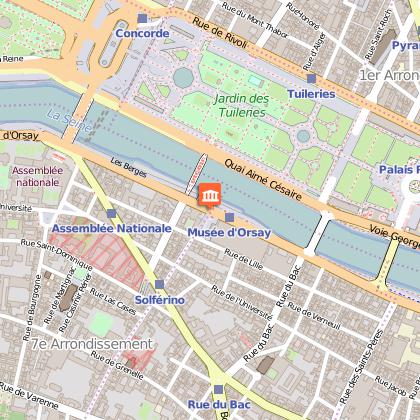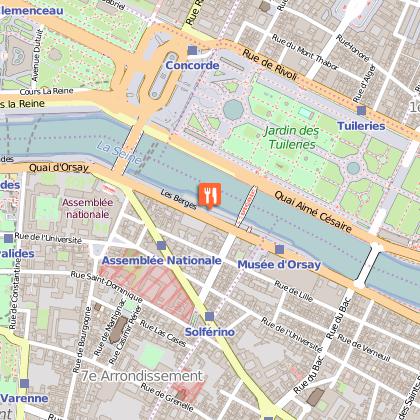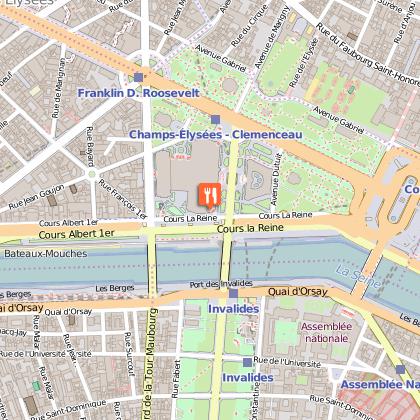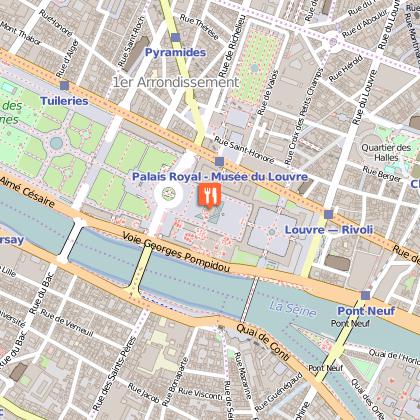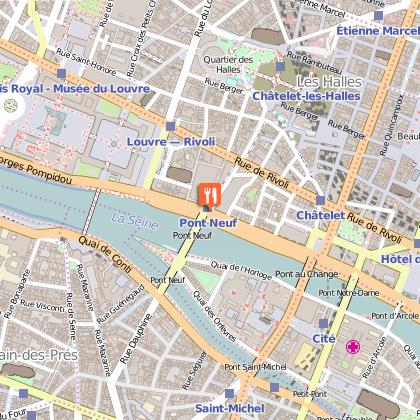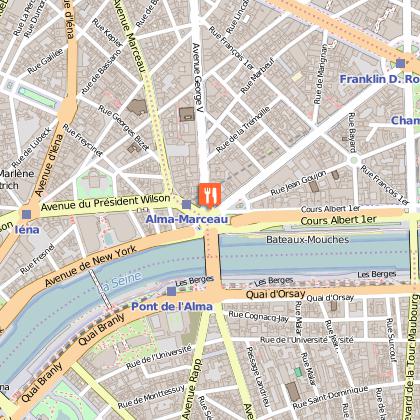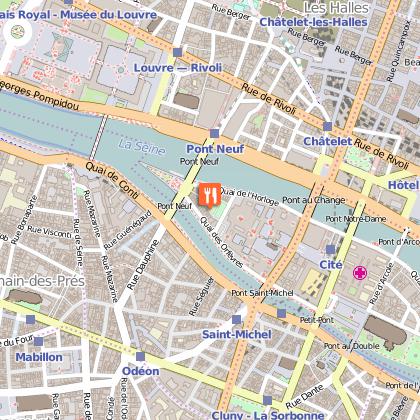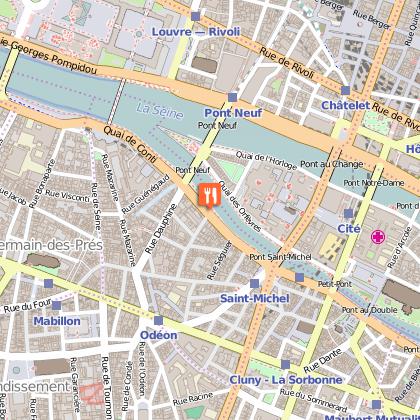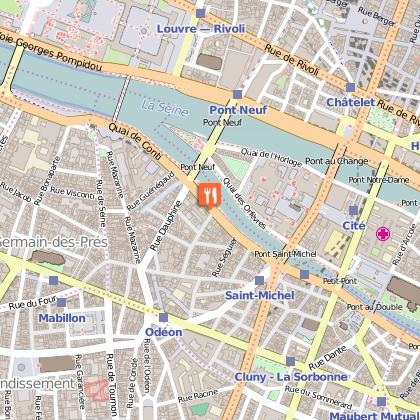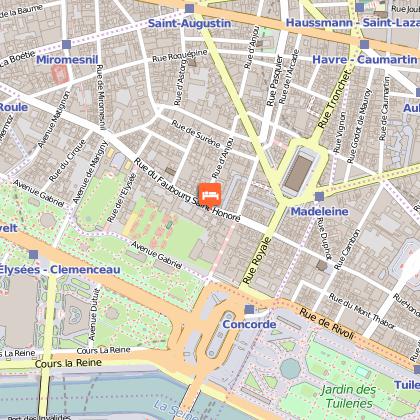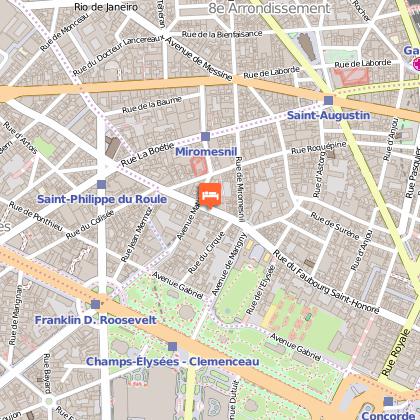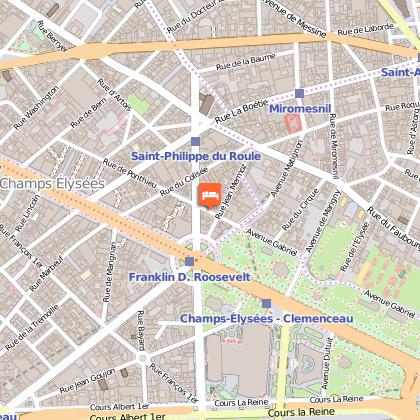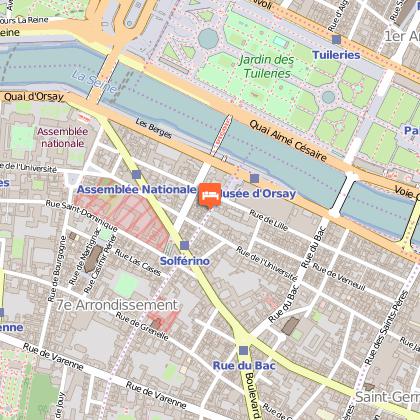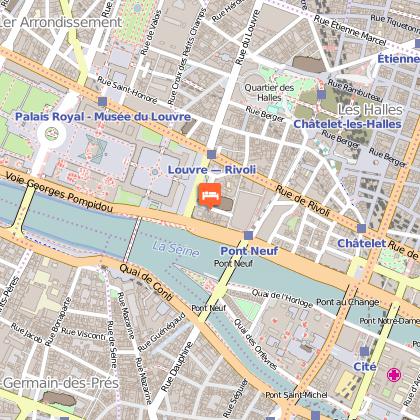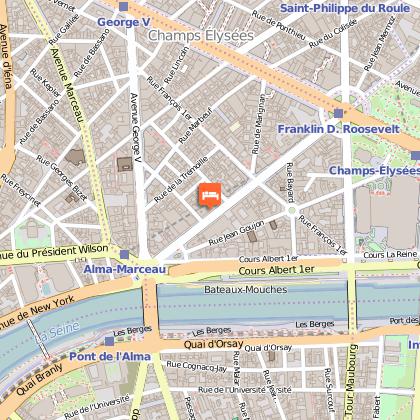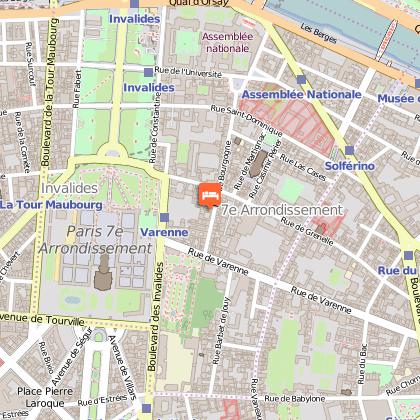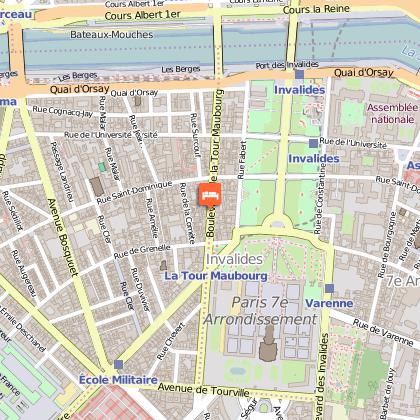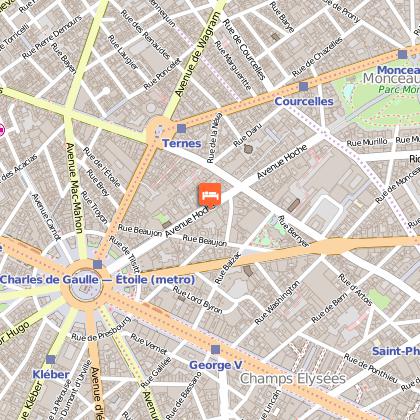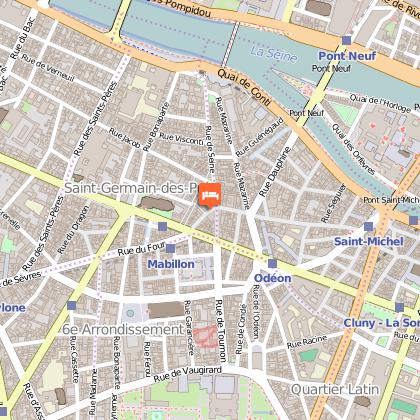Tours
Activities
Places of interest
Where to eat
Where to sleep
Explore Paris-9th with HOTEL BASILE
Are you the owner?Nestled in the heart of Paris's 9th arrondissement, HOTEL BASILE provides prime access to a plethora of activities and attractions to enhance your stay. Stroll along the famous Grands Boulevards, admire the dazzling displays of department stores like Printemps and Galeries Lafayette, or lose yourself in historic covered walkways such as Passage Jouffroy. Culture enthusiasts will relish the proximi...See more
Walking around HOTEL BASILE
See more suggestionsStroll through the walking routes of HOTEL BASILE.
See more suggestionsWhat to do in HOTEL BASILE
See more suggestionsBook your activities in HOTEL BASILE now and get ready for adventure.
See more suggestionsIGN cards
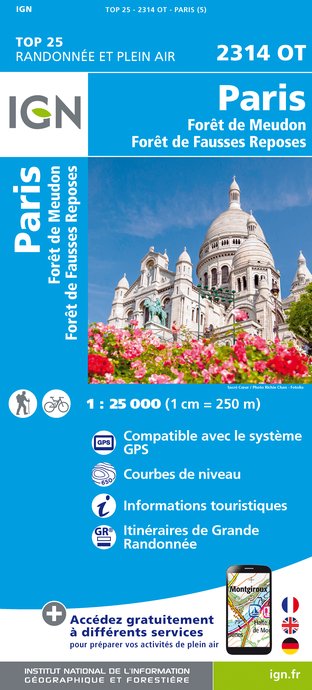
2314OT - PARIS FORÊT DE MEUDON FORÊT DE FAUSSES REPOSES
Editor : IGN
Collection : TOP 25 ET SÉRIE BLEUE
Scale : 1:25 000
13.90€

119 PARIS SENS PNR DU GÂTINAIS FRANÇAIS
Editor : IGN
Collection : TOP 100
Scale : 1:100 000
8.40€
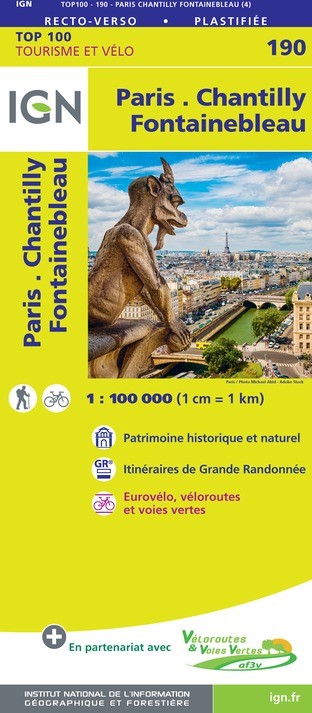
190 PARIS CHANTILLY FONTAINEBLEAU
Editor : IGN
Collection : TOP 100
Scale : 1:100 000
8.40€
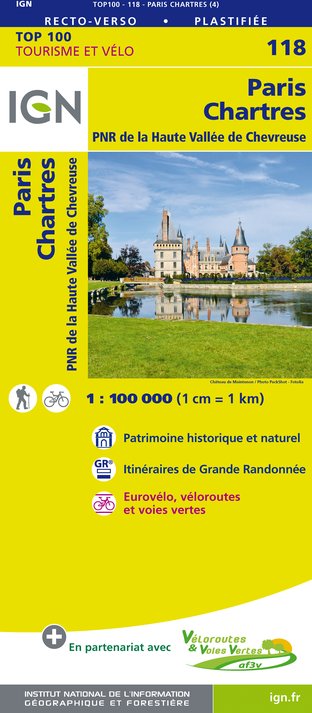
118 PARIS CHARTRES PNR DE LA HAUTE VALLÉE DE CHEVREUSE
Editor : IGN
Collection : TOP 100
Scale : 1:100 000
8.40€
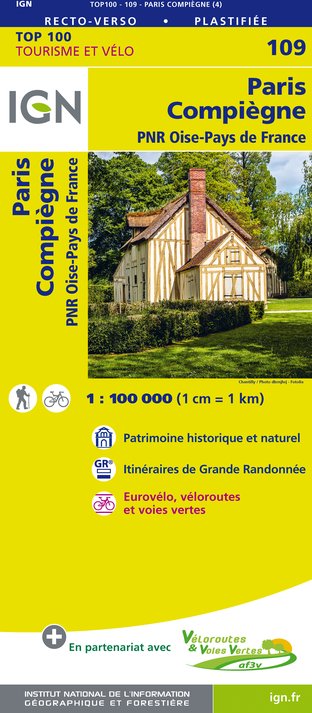
109 PARIS COMPIÈGNE PNR OISE-PAYS DE FRANCE
Editor : IGN
Collection : TOP 100
Scale : 1:100 000
8.40€

108 PARIS ROUEN BEAUVAIS PNR DU VEXIN FRANÇAIS
Editor : IGN
Collection : TOP 100
Scale : 1:100 000
8.40€

D75-95 ÎLE-DE-FRANCE OUEST
Editor : IGN
Collection : CARTES DÉPARTEMENTALES IGN
Scale : 1:150 000
5.90€

D28 EURE-ET-LOIR
Editor : IGN
Collection : CARTES DÉPARTEMENTALES IGN
Scale : 1:150 000
5.90€

D77 SEINE-ET-MARNE
Editor : IGN
Collection : CARTES DÉPARTEMENTALES IGN
Scale : 1:150 000
5.90€

NR01 HAUTS-DE-FRANCE
Editor : IGN
Collection : CARTES RÉGIONALES IGN
Scale : 1:250 000
6.80€

NR08 CENTRE-VAL DE LOIRE
Editor : IGN
Collection : CARTES RÉGIONALES IGN
Scale : 1:250 000
6.80€

NR03 ÍLE DE FRANCE
Editor : IGN
Collection : CARTES RÉGIONALES IGN
Scale : 1:250 000
6.80€

801 FRANCE NORD OUEST
Editor : IGN
Collection : CARTES NATIONALES IGN
Scale : 1:320 000
6.10€

EUROPE
Editor : IGN
Collection : DÉCOUVERTE DES PAYS DU MONDE IGN
Scale : 1:2 500 000
7.00€
What to visit in HOTEL BASILE
See more suggestionsExplore the cultural heritage of HOTEL BASILE.
See more suggestionsWhere to eat in HOTEL BASILE
See more suggestionsA wide selection of restaurants awaits you in HOTEL BASILE.
See more suggestionsWhere to sleep in HOTEL BASILE
See more suggestionsEnjoy your stay with accommodations in HOTEL BASILE.
See more suggestions





















